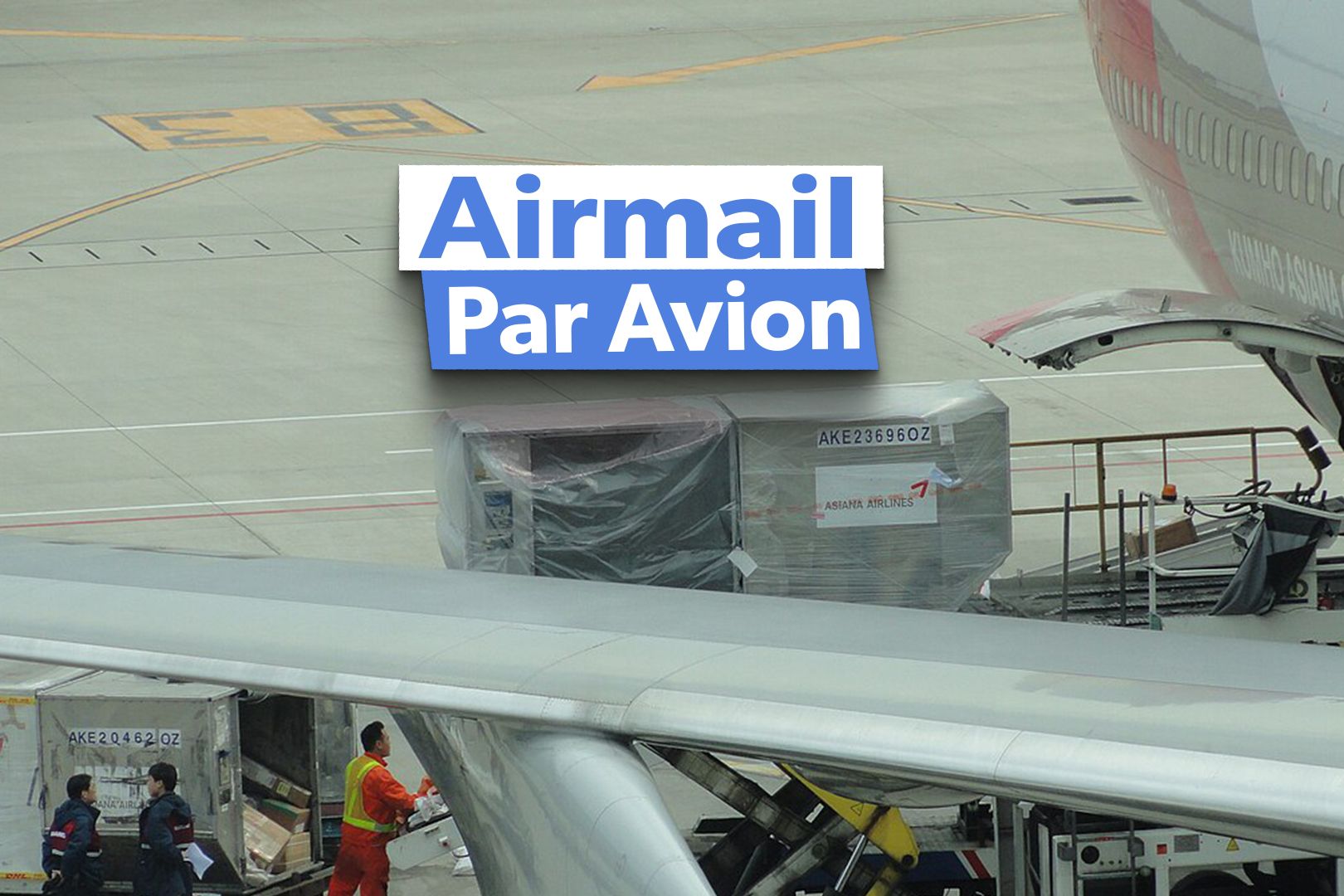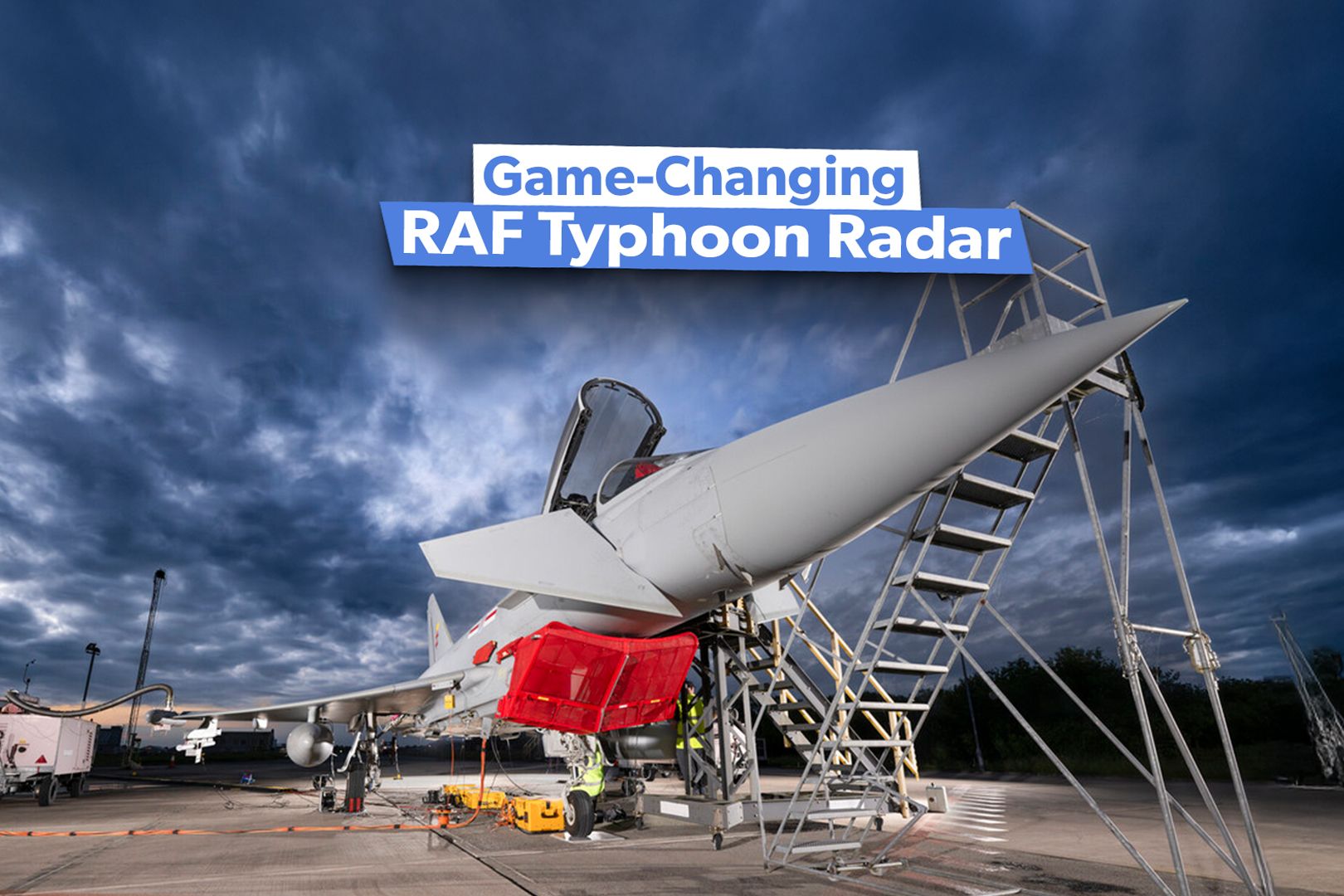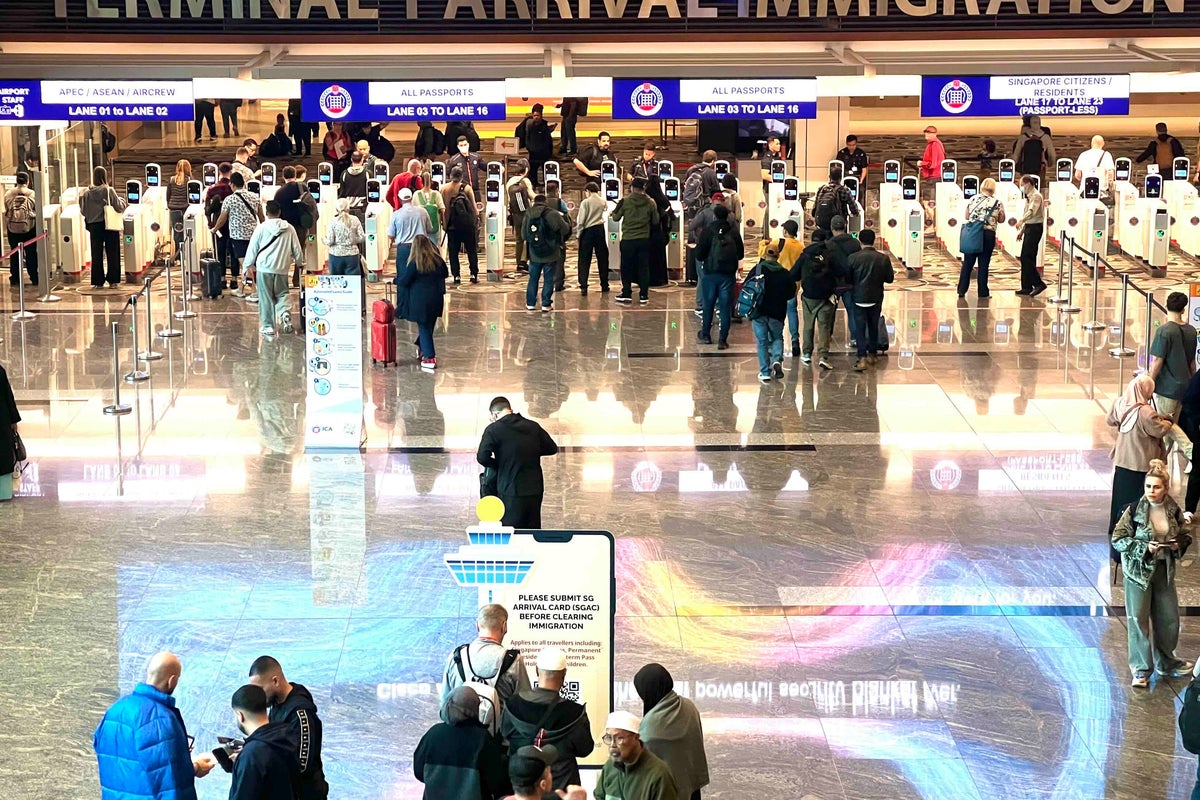In today's increasingly connected world, most people default to the internet when it comes to communicating messages with the greatest possible speed and coverage. However, plenty of letters are also still posted nowadays, and, since the advent of next-day delivery through online retailers, the need to be able to transport physical post at speed has also become important. This is where aviation comes in.
For letters and parcels sent internationally, transporting post by plane is one of just a few viable options. After all, such post can also be transported by land or sea, but to do so restricts the speed at which this can happen. Even domestically, flying letters and parcels from place to place is an important logistical strategy that ensures that their recipients get them on time.

But how has airmail evolved? The early history of airmail For many people, aviation as we know it began in 1903, when the Wright Flyer made the world's first powered heavier-than-air flight over in the US. After all, this led to the advent of fixed-wing aircraft, with such vessels accounting for the vast majority of today's air traffic. However, this milestone was predated by a considerable period of lighter-than-air flight, when balloons ruled the skies in the pre-fixed-wing era.
Love aviation history ? Discover more of our stories here! Indeed, the world's first balloon flight took place 120 years before the Wright Brothers' milestone, in 1783, with the 19th century subsequently seeing such vesse.



















